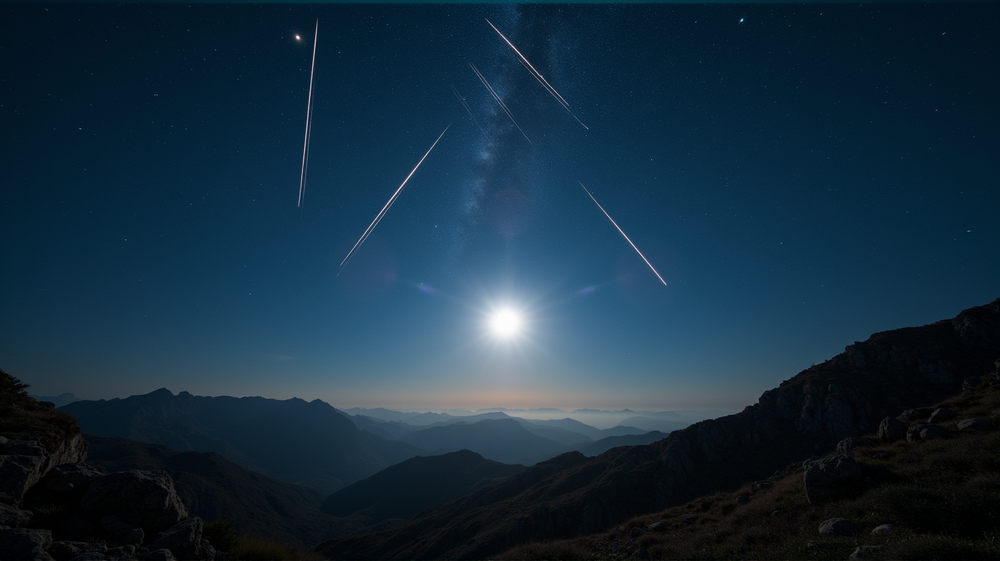The Perseids, hailed as summer’s most spectacular meteor shower, are set to light up the night sky soon. However, this year’s enchanting display comes with a celestial caveat: a nearly full moon. According to The Albertan, the bright moon is poised to overshadow the meteor shower’s peak, potentially veiling some of the shower’s stunning displays. But fear not, for there are ways to still catch a glimpse of this celestial phenomenon.
The Challenge of a Bright Moon
Thaddeus LaCoursiere, planetarium program coordinator at the Bell Museum, notes that under an unobstructed dark sky, the Perseids usually dazzle with 60 to 100 meteors per hour. Unfortunately, with the moon being 84% full during the prime viewing hours, that number may dwindle to about 10 to 20 meteors per hour. As a solution, LaCoursiere suggests venturing out a bit later—about a week past the peak—for a darker sky and a better spectacle.
Understanding the Magic of Meteor Showers
Meteor showers occur as the Earth crosses paths with debris from comets and sometimes asteroids. The Perseids’ origin lies in the remnants of comet 109P/Swift-Tuttle. When this debris interacts with our atmosphere, it burns up, creating the mesmerizing effect of “shooting stars.” All you need? Just a clear sky away from city lights to enjoy the show, no telescope required.
Optimal Viewing Tips and Times
Meteor watching is best done in the early predawn hours when the moon rests low on the horizon. Avoid distractions from artificial lights and keep your gaze skyward—not on your phone—to improve your chances of catching more meteors.
What’s Next in the Celestial Calendar?
Mark your calendars, astronomy enthusiasts! After the Perseids, the next major meteor event to watch is the Orionids, peaking in late October.
Embrace the allure of the night sky by seeking a secluded spot away from urban glow. With a bit of patience and strategic planning, you might just revel in the cosmic dance of the Perseids.












